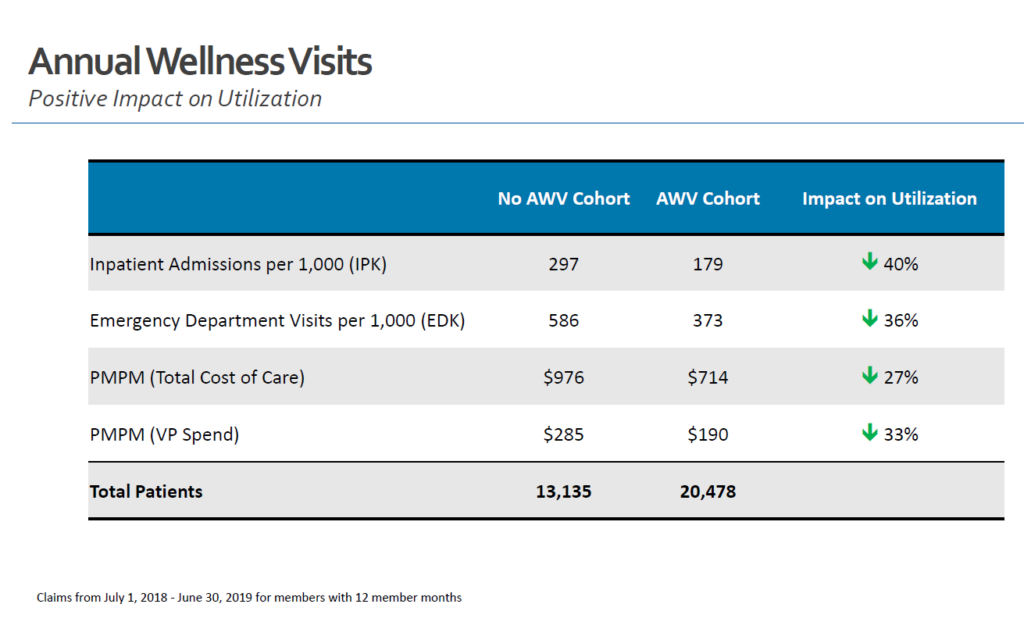
Since the inception of value based care, the annual wellness visit (AWV) has been heralded as the vehicle that drives value-based initiatives and outcomes within an accountable care organization.
The annual wellness visit opens a dialogue between the provider and patient who is engaged to become an active and informed participant in the health care journey. The focus of the AWV is to capture a patient’s actual and potential health risk factors to prioritize their personal preventive services care plan, capture important quality measures, and improve health outcomes.
The Benefit to the Patient
Another benefit of the AWV is opportunity for advance care planning, including appropriate documents and identification of a person who can speak on the patient’s behalf if they are unable to make their own decisions. This is an optional service, with no copay/coinsurance or deductible for the patient. Advance care planning time-based codes are billed in addition to the applicable AWV billing codes.
Advance care planning is invaluable for equipping patients with knowledge to make necessary decisions about their health. Paired with the fact that with at least 25% of health care dollars are being spent in the last year of life, this conversation is a critical component for achieving the triple aim goals of value-based healthcare.
In our journey towards value, we have seen both patients and providers embrace the annual wellness visit.
We have also seen a rise in the percentages of the population getting annual wellness visits. We have had significant increases year-over-year in our visits and all of our value partners have seen an increase in their AWV billing once engaged with CHESS.

From this increase, we have realized high quality performance across contracts, seen improvement in coding efforts, and realized the FFS revenue and RVUs these visits generate. In addition to this, we have seen an impressive reduction in utilization and spend for patients that did complete an AWV. Through analyzing claims across a sampling of our Medicare advantage and Medicare patients, we demonstrated a 40 % decrease in IPK and a 35% decrease in EDK which translated into an almost 30 % reduction in PMPM spend.
Considering the many opportunities the annual wellness visit creates, along with the impact on both quality and utilization and cost, it is no wonder why the AWV is touted as the vehicle to drive value in primary care and one of our most valuable tools in our value-based care toolbox.
About the Author


